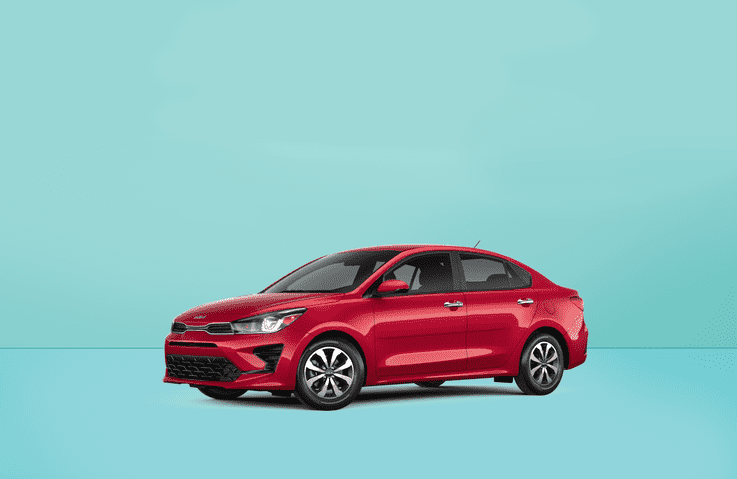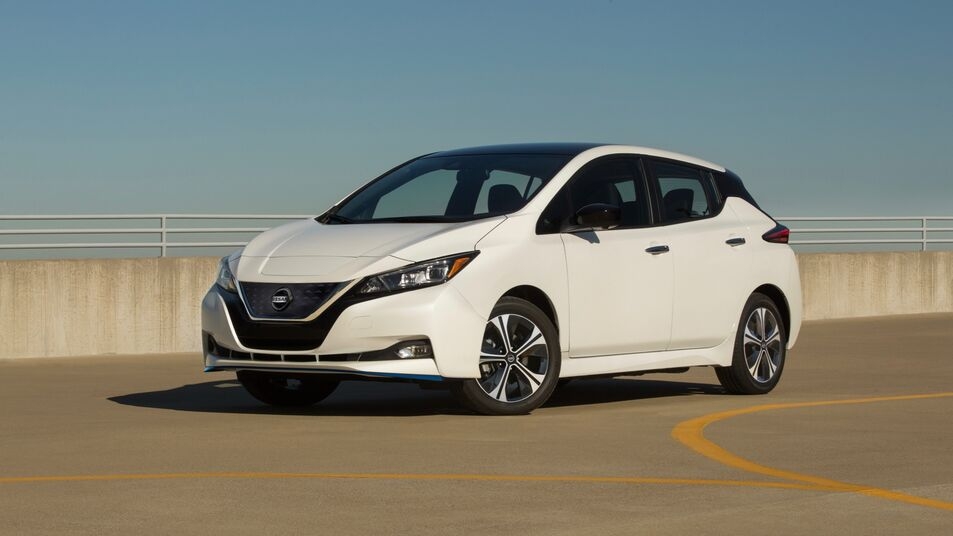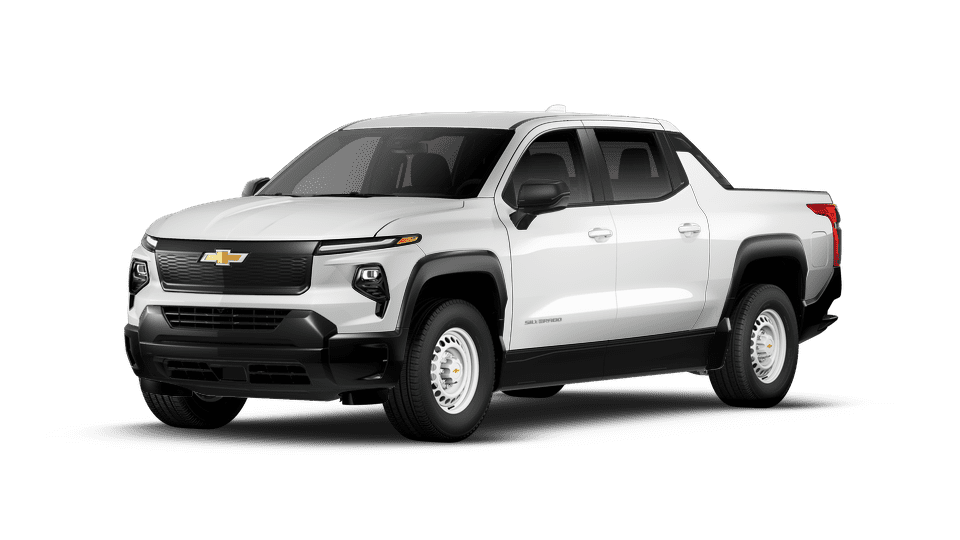With a global economic slowdown looming, the automotive industry faces serious headwinds. Rising component costs, falling consumer confidence, and the shrinking of middle-class wealth could combine into a perfect storm — one that will send new vehicle sales tumbling and force a major rethink in what Americans want, and can afford, to drive.
After years of chasing ever-bigger trucks, SUVs, and luxury crossovers, automakers may soon find themselves in a familiar but uncomfortable position: needing to produce smaller, cheaper, and vastly more fuel-efficient vehicles.
If history is any guide, the winners in the next decade won’t be those selling $90,000 electric SUVs. They’ll be the brands that bring affordable, efficient transportation back to American driveways — and quickly.
Why the Market Is About to Change
Today’s average new car price is already at a record high, topping $48,000 — a number that would have seemed absurd even five years ago. Inflation, supply chain disruptions, and rising interest rates have all conspired to push prices out of reach for many working- and middle-class families.
As the economy softens, many buyers will no longer have the appetite — or ability — to finance large, expensive vehicles. Consumers will demand smaller, cheaper, and more fuel-efficient cars again, just as they did during the post-2008 financial crisis.
But there’s a new complication:
The 25% tariff on imported vehicles makes bringing cheap overseas models into the U.S. financially painful. In the 1990s and 2000s, brands could quickly import budget models from Europe, Japan, and Korea. Today, they’ll need to build them in the U.S. to keep costs reasonable.
That means automakers must act now to retool factories and plan local production for smaller, efficient cars — or risk losing a generation of buyers altogether.
Lessons From the Past
History shows that small cars have saved brands during hard times:
- In the 1990s, Ford’s Aspire and Fiesta — Korean-built but Ford-badged — gave buyers affordable options.
- General Motors’ Geo brand offered rebadged Toyotas, Isuzus, and Suzukis — tiny, fuel-sipping imports aimed squarely at budget-conscious buyers.
- After 2008, Ford again leaned on the Fiesta, built in Mexico, to provide a lower-cost entry into the brand.
Today’s situation is even more urgent. With higher tariffs and even tighter profit margins, automakers will have to go beyond simple badge engineering —they’ll have to actually produce small cars in American plants.
What Small Cars Should Return (or Finally Arrive)
1. Toyota Yaris Hybrid 130 GR Sport
Toyota already sells the brilliant Yaris Hybrid 130 GR Sport in Europe — a car Americans desperately need.
Built on a shortened version of the Corolla’s TNGA-B platform, the Yaris GR Sport pairs sharp styling with real efficiency:
- 129 horsepower from a 1.5-litre hybrid
- Over 60 mpg combined fuel economy.
- Lightweight, agile chassis tuning
It even has a sportier suspension, stiffer body structure, and more responsive steering than the standard model. It’s everything American small car fans have been asking for, wrapped in a sleek, affordable package.
Toyota and Mazda could work together to produce the Yaris and Mazda2 Hybrid in Mississippi alongside the Corolla, making U.S. production possible.
Imagine a MazdaSpeed2 Hybrid—a spicier, driver-focused version based on Toyota’s platform but tuned for enthusiasts.
That’s the kind of car that could bring younger buyers back to showrooms.
2. Chevrolet Spark or Cruze Revival
Chevy killed off the Spark in 2022, citing low demand. But that was before the economy shifted.
A small, $15,000–$20,000 city car with 40+ mpg fuel economy and U.S. assembly could be a lifeline for General Motors in a tougher market.
Likewise, a reimagined Cruze — smaller, lighter, and hybridized — could fit perfectly between economy and practicality.
3. Honda Fit Reboot
The Honda Fit was one of the best small cars ever sold in America — roomy, fun, reliable, and efficient.
Honda ended Fit sales here in 2020. But the car still exists globally, and with modest updates, it could return, ideally built in Ohio, Honda’s long-time U.S. manufacturing hub.
In a struggling economy, buyers will prioritize affordability and durability, which a U.S.-built, 50-mpg hybrid Fit would perfectly balance.
Why This Matters: More Than Just Fuel Economy
Small cars offer more than just cost savings at the gas pump, although this will become crucial if gas prices continue to rise.
They represent a chance for automakers to reconnect with younger, first-time buyers, many of whom have been priced out of the new car market entirely.
They also allow brands to maintain market share, factory production levels, and dealer traffic during tough times, rather than simply hoping luxury SUV sales hold steady.
And they prepare manufacturers for a future where efficiency—not excess—is once again the ultimate status symbol.
Final Thoughts: Build Them Here, Build Them Now
Automakers must immediately begin planning small car production within U.S. borders if they are serious about navigating the upcoming challenges.
The formula is simple but urgent:
- Compact size
- Hybrid or ultra-efficient gas engines
- MSRP under $25,000
- Built in America to avoid crushing tariffs
Toyota, Honda, GM, Ford — whoever moves first will capture an underserved market segment hungry for affordable, economical, durable cars.
The 2025–2030 era could look a lot like the early 1990s: cheap, cheerful, efficient transportation leading a recovery.
We just need the cars to arrive first.







One Response